During National Tree Week, why not visit five of Tayside and Fife’s most famous trees?
Chances are you don’t live far from an ancient specimen with a surprising story attached to it.
From trees planted by monarchs centuries ago to plants which have become part of local legend, we’ve selected five of the best.
1. Carnoustie’s Dibble Tree
If it wasn’t marked by a plaque you could quite easily mistake Carnoustie’s Dibble Tree for any old tree.
But did you know, legend has it that Carnoustie owes its very existence to this gnarly beauty?
In 1797, Thomas Lowson left a willow ‘dibbler’ – a stick used for planting seeds and the like – in the ground.
One of his relatives, Sheena MacDonald-Lowson, who now lives in Vancouver, explains more:
“The family story goes that while Thomas Lowson was walking back to Barry, he fell asleep on the beach and had a dream that he would buy this piece of land.
“People thought he was foolish as it was considered ‘waste land’ but he bought it anyway, in 1797 for 65 shillings.
“While he was planting potatoes with a willow dibbler, he left it in the ground and the rest is history.”
The town of Carnoustie is said to have grown around Thomas’s wee but ‘n’ ben.
Meanwhile, the Dibble Tree and existing cottages next to it off Ferrier Street are still owned by the family.
Thomas’s great-great grandson, David Lowson, now 102, still lives in the town. Sheena’s husband, Allan, is David’s son.
Here is David on his 100th birthday.
We managed to contact David, and he was only too happy to speak about his family heritage.
“It’s always been part of my life,” he says.
“The dibble was left in the ground upside down but took root just the same.
“It pays tribute to the productivity of the soil here. It’s a symbol of vigour.”
2. Birnam Oak
No top five trees list would be complete without the Birnam Oak near Dunkeld.
If you follow the riverside path between Birnam and Dunkeld, you really can’t miss it.
An oak of the sessile variety native to Europe, this veteran is said to be a remnant of the ancient Birnam Wood as mentioned in Shakespeare’s Macbeth.
Macbeth shall never vanquished be until
Great Birnam Wood to high Dunsinane Hill
Shall come against him.”
William Shakespeare
The tree itself would not have been around at the time of the real King Macbeth in the 11th century.
But at an estimated 500 years old, it would have been there in Shakespeare’s time.
It really is a big tree.
At its widest point, it has a girth of around 24 feet. That’s a lot of tree to hug.
But this magnificent oak is in need of help.
Its hollow trunk is a great place for kids to play hide and seek, but it also means the old girl is vulnerable.
There are even fears the trunk could split in half.
A few years back, a fundraising campaign was launched to help preserve the oak for generations to come.
3. Scone Palace’s King James VI Sycamore
It’s obvious how much Scone Palace’s head gardener Brian Cunningham loves his job.
While most people have a few neglected pot plants in their office, Brian has a sycamore planted by King James VI in his.
It is believed the majestic sycamore was planted by the son of Mary, Queen of Scots – who became King James I of England after the union of the crowns – in 1617.
“For Scone Palace, it probably is our most special tree.
“It clearly is our oldest tree here, and we’ve got a lot of old trees.
“This one because of who it was planted by, and the fact she’s still standing. It’s a beautiful tree.”
Despite losing a limb during a storm a few years ago, Brian says the sycamore is still in great shape.
The grounds of Scone Palace are open to the public, with more information on the attraction’s website.
“There are some remarkable trees in the remarkable landscape of Scone Palace,” says Brian.
4. Queen Mary’s Thorn, St Andrews
Kings and queens do like planting trees.
More than 50 years before King James VI planted his celebrated sycamore at Scone, his mum installed a hawthorn in the quadrangle of St Mary’s College at St Andrews University.
Mary, Queen of Scots regularly visited St Andrews and reputedly planted the hawthorn in 1563.
The original tree may be disintegrating, but around it fresh stems have sprouted and grown into a healthy crown.
It’s needed a bit of propping up, but still flowers and fruits every year.
5. Fortingall Yew
Last, but anything but least, is Perthshire’s legendary Fortingall Yew.
Estimated to be an incredible 5,000 years old, it is truly a treasure of Scotland’s natural heritage.
It’s sprawling, it’s knotted and really looks like it’s been in the wars.
But just think of what it’s lived through.
This tree is 3000 years older than Christianity. It’s as old as Stonehenge.
When it was a sapling, the ancient Egyptians had just started writing with hieroglyphics.
Located beside Fortingall Parish Church near Aberfeldy, it is probably the most ancient tree in the UK.
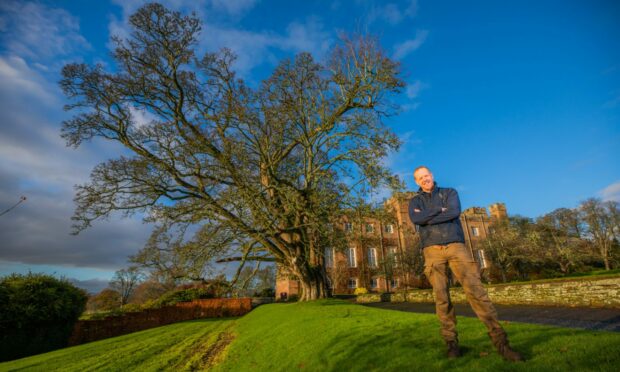


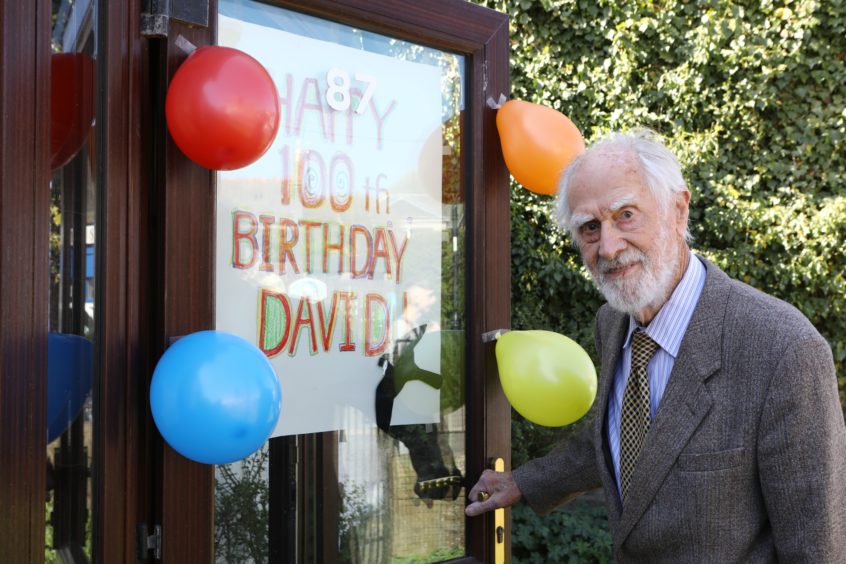

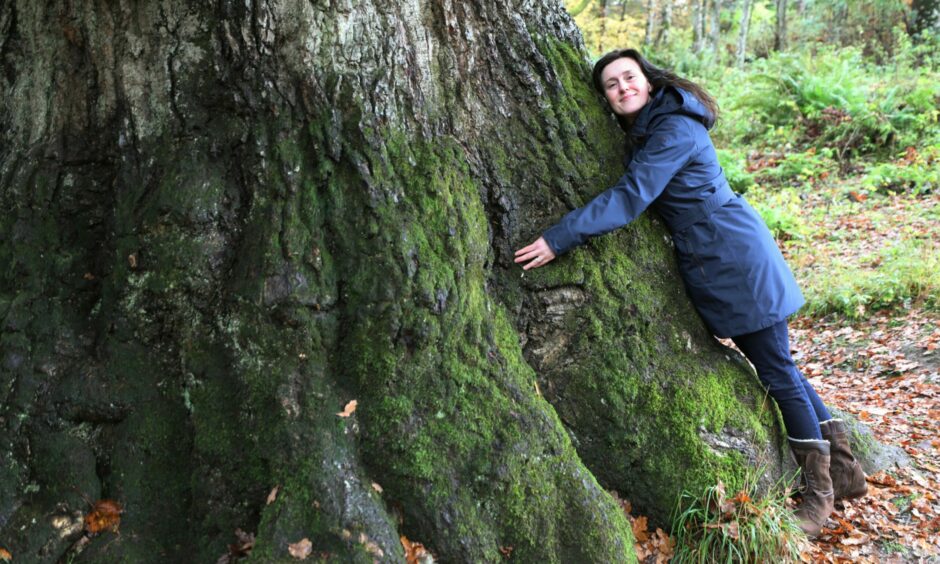

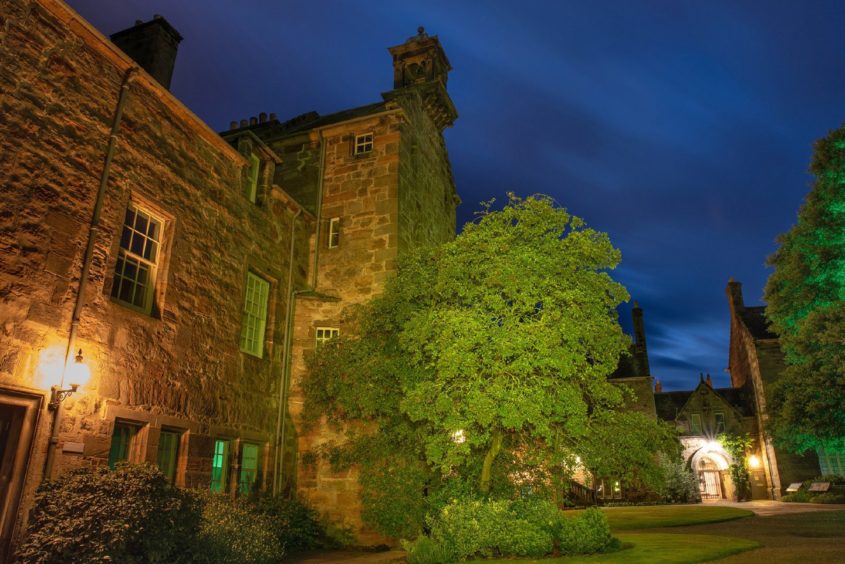
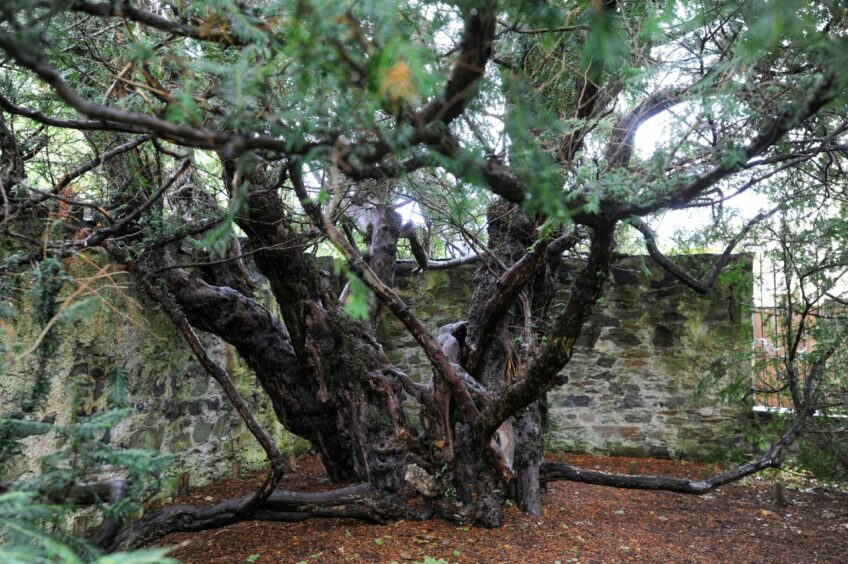
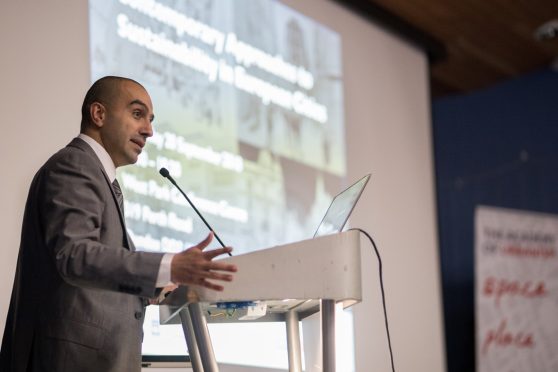









Conversation